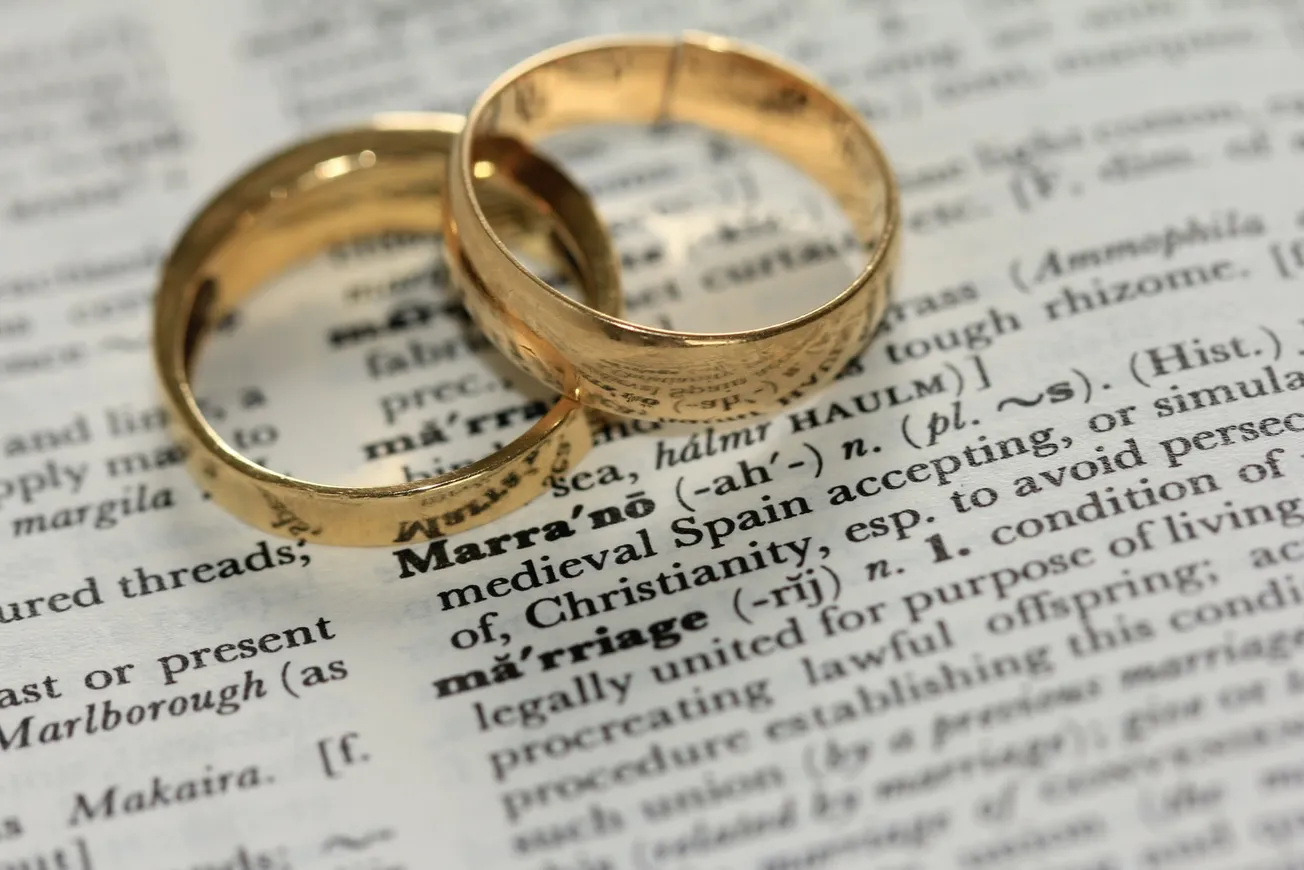Rebecca Trelease
Senior Lecturer in Communication Studies, Auckland University of Technology
Following the hugely successful recent season of Married At First Sight (MAFS) Australia, fans of the format – and the reality romance genre in general – will be wondering if the rebooted New Zealand version can live up to expectations.
The new season (the first New Zealand version since 2019) begins this Sunday on Three, with the trailer warning New Zealanders to “prepare for the chaos of love”. But viewers will also be preparing for something different, and uniquely local, from the show’s return after five years: a little less Aussie, a bit more Kiwi.
Getting that differentiation right within a licensed reality format is key to the success of MAFS. It must be faithful enough to the franchise to attract an established audience, but different enough to set it apart from other versions available in the same territory.
This tactic – sometimes dubbed “glocalisation” – is similar to recognising a McDonald’s restaurant in another country but seeing menu variations: there may be many regional versions of MAFS, but there is a unique ingredient to each one.
Hard realities
MAFS began as a Danish reality experiment in 2013. The format involves strangers paired by relationship experts, then meeting for the first time at the altar. Each season follows these newlyweds as they receive therapy and advice from an expert panel, with the goal being to remain “married” once the season ends.
The format immediately rolled out across Europe and beyond, with 24 licensed versions of the format so far, including in the United Kingdom, United States and South Africa.
One key regional variation involves whether these TV marriages are, in fact, legally binding. In the US they are, in Australia and New Zealand they are not. Various regional versions also feature different experts, who may be a clinical neuropsychologist, an anthropologist, a financial expert, a sex therapist or even a pastor.
The new season of MAFS NZ is launching in a turbulent TV and media culture. Three’s parent company, Warner Bros Discovery, is closing its Newshub division but has said it would “still create content and would continue to invest in high profile and popular shows like MAFS Australia and the Block Australia”.
The decision to continue with local and imported reality shows while axing a news service is perhaps unsurprising in a ratings-driven commercial industry. The most recent season of MAFS Australia outrated both Newshub’s and rival TVNZ’s main news bulletins.
But not all reality formats are created equal, as the recent cancellation of The Block NZ demonstrated. So the pressure is certainly on MAFS NZ to get it right.
Non-fiction soap opera
The first MAFS NZ season in 2017 was memorable for the success of couple Angel and Brett who went on to have a baby. But the season also featured only six couples, which allowed viewers to spend more time with each narrative thread, and invest in their success during and after the show.
In effect, the format is something like a non-fiction soap opera – right down to screening across consecutive nights (Sunday to Tuesday for the forthcoming season). Fans are drawn into the lives of “supercouples” who must defy the odds and work towards their happy ending.
It’s why Art and Matilda from the first season of The Bachelor NZ still feature in the news, from their engagement and marriage to having three children. Indeed, setting the bar so high at the outset might explain why it was necessary to tweak the format for the next season, “moving from lusty abs on horseback to a mysterious Casanova”.
Unfortunately, the third season of MAFS NZ was memorable for different reasons, when one groom was edited out for having faced domestic violence charges in the US. Similar issues have dogged other romance formats.
The importance of casting, then, is vital. Past seasons have made efforts to educate audiences on the dangers of toxic partners, alpha males and gaslighting. MAFS Australia panel expert John Aiken (who will also appear on MAFS NZ) maintains the show has “a huge duty of care, service and focus for [participants] before, during and after”.
Only this week, however, a former Australian contestant declared she was “struggling” and has entered a mental health retreat. There is even a movement in the US to unionise participants under the motto “Cast members are people, not live props”.
Capturing the Kiwi essence
Of all of the regional versions, MAFS Australia is best at generating scandalous drama in a reality romance setting. Previous seasons have seen participants manipulate, cheat and even swap partners.
Schadenfreude – taking pleasure in the misfortune of others – is encouraged. Viewers have permission to react along with those on screen, and to continue the conversation online, at work or with family – generally at the expense of the participants.
But having been a reality romance participant myself (on The Bachelor NZ in 2016), I have seen how the pressure to deliver bigger, better or more outrageous scenarios can result in a deficit of the show’s essential elements – romance and love.
International locations or edited narratives that play up scandal or infighting do not necessarily provide the things that make audiences fall for reality romance.
If this season of MAFS NZ succeeds it will be by creating a uniquely local perspective on the format, one that reflects recognisably Kiwi characteristics: not too wholesome, not too mean, not too melodramatic.
This article is republished from The Conversation under a Creative Commons license. Read the original article.









